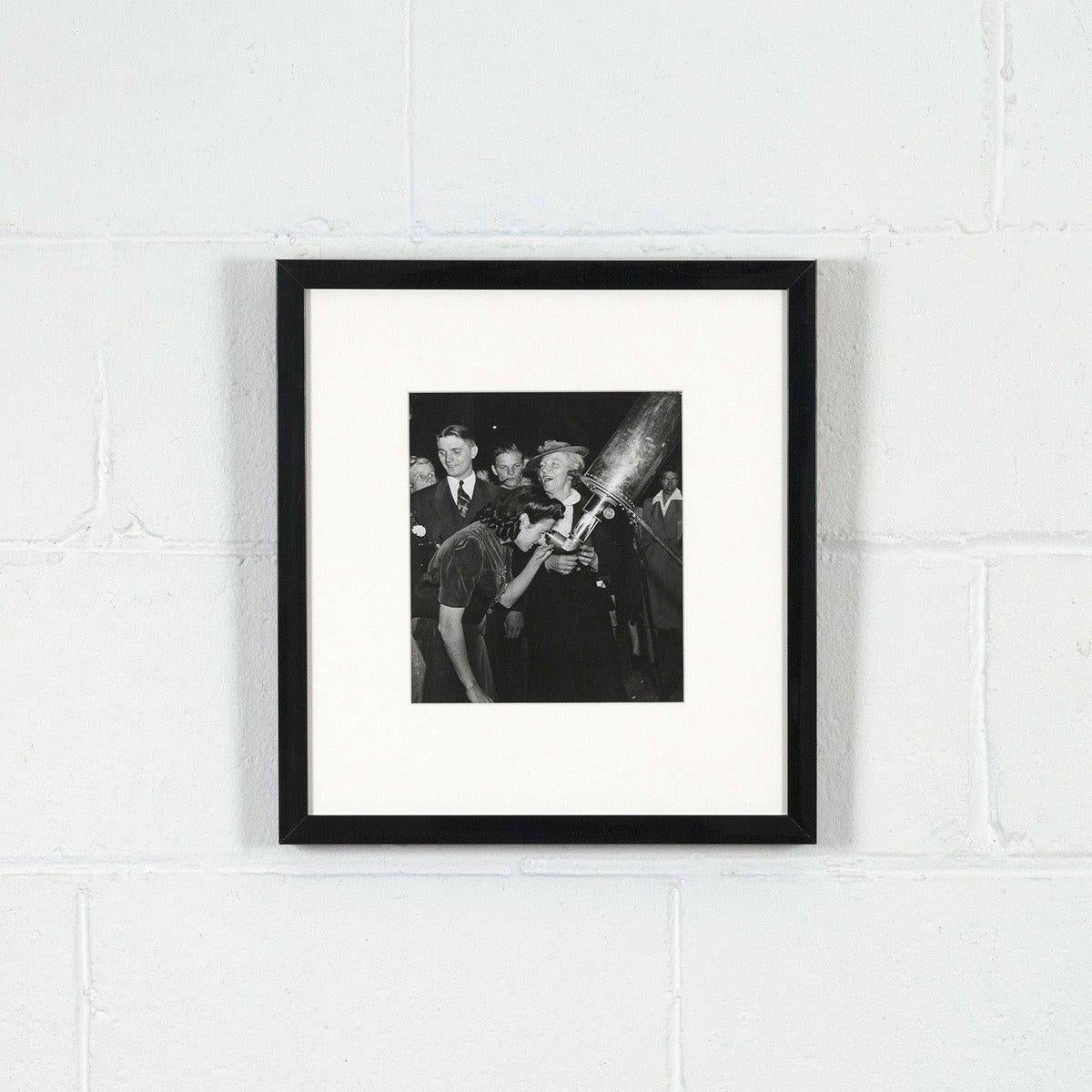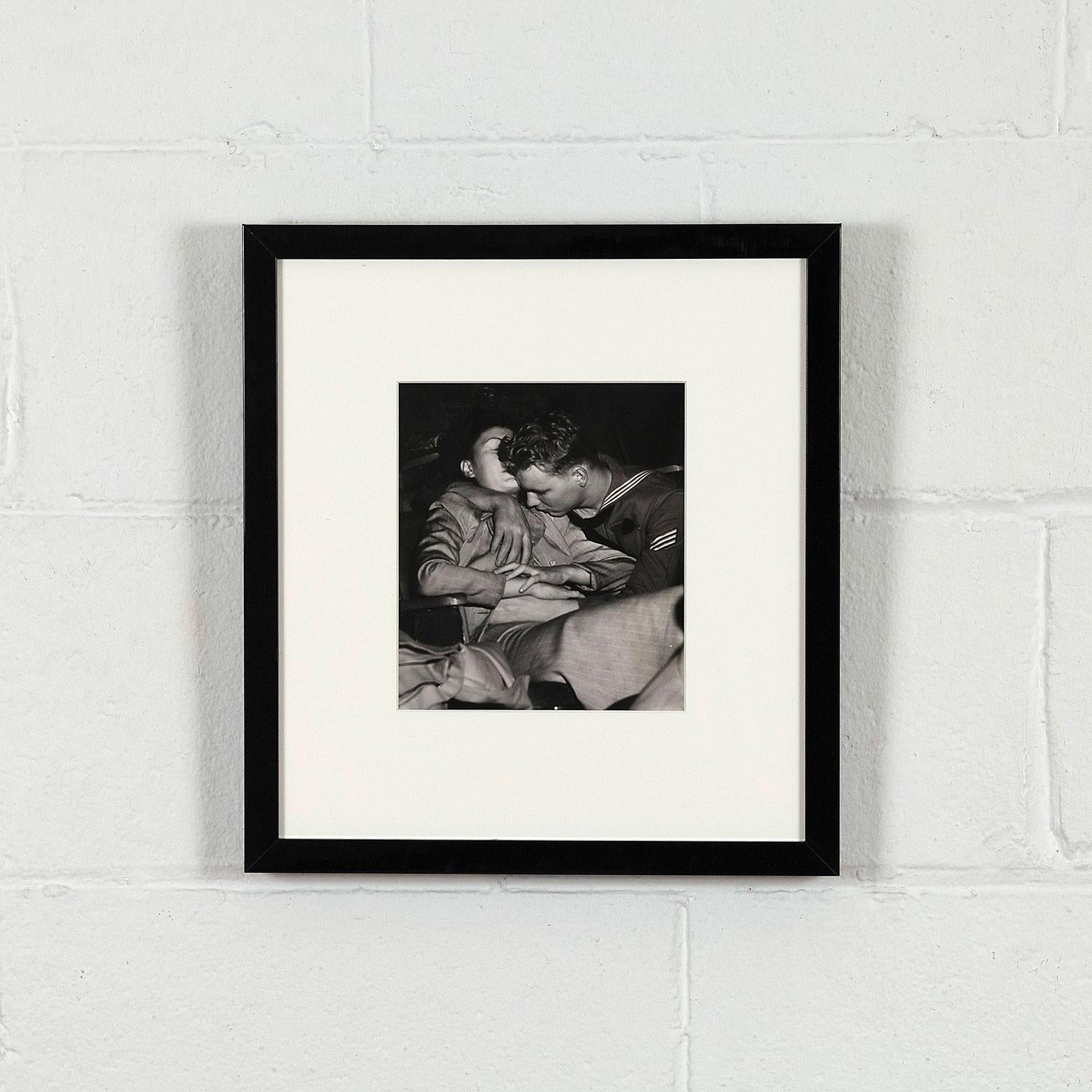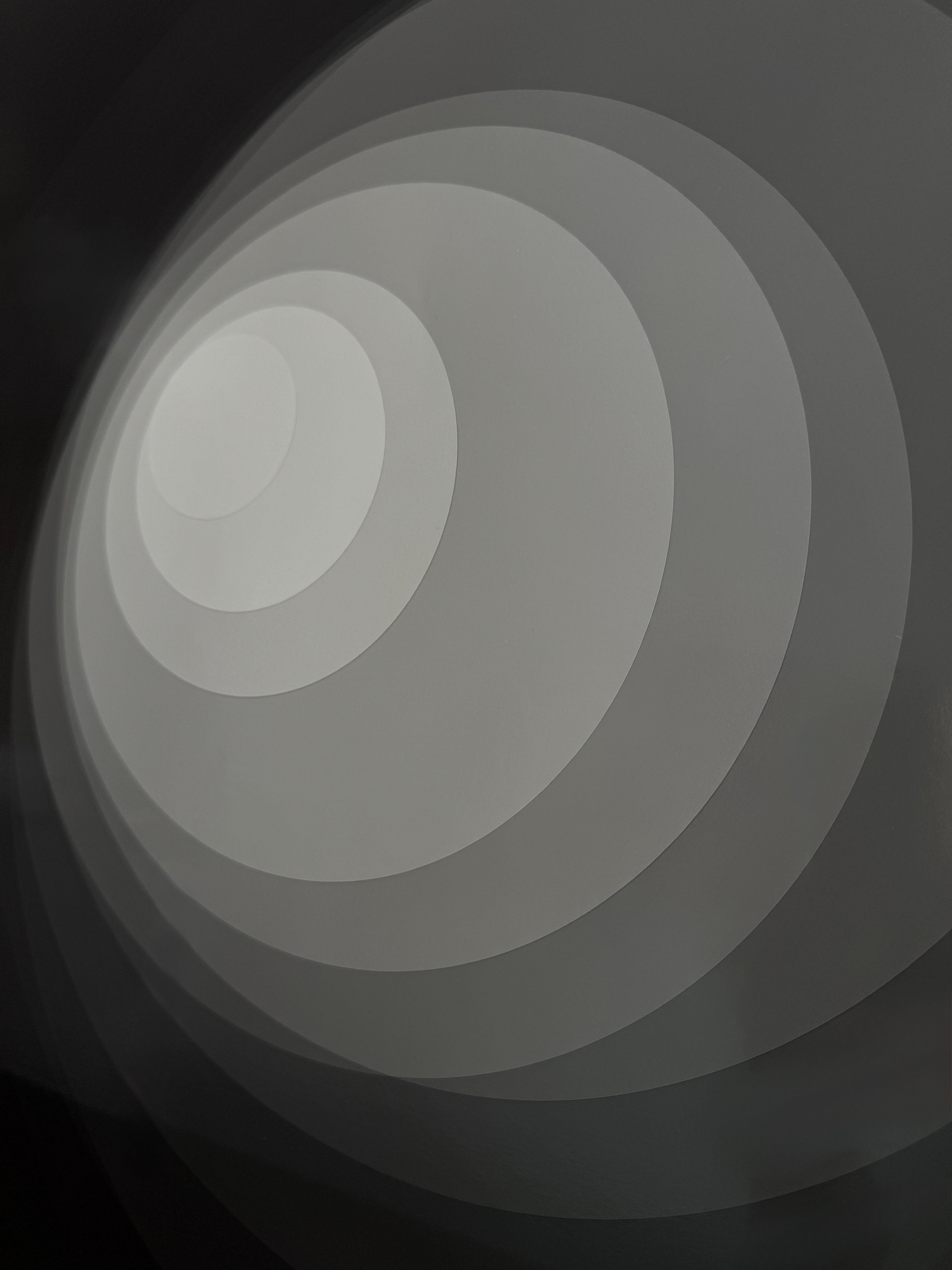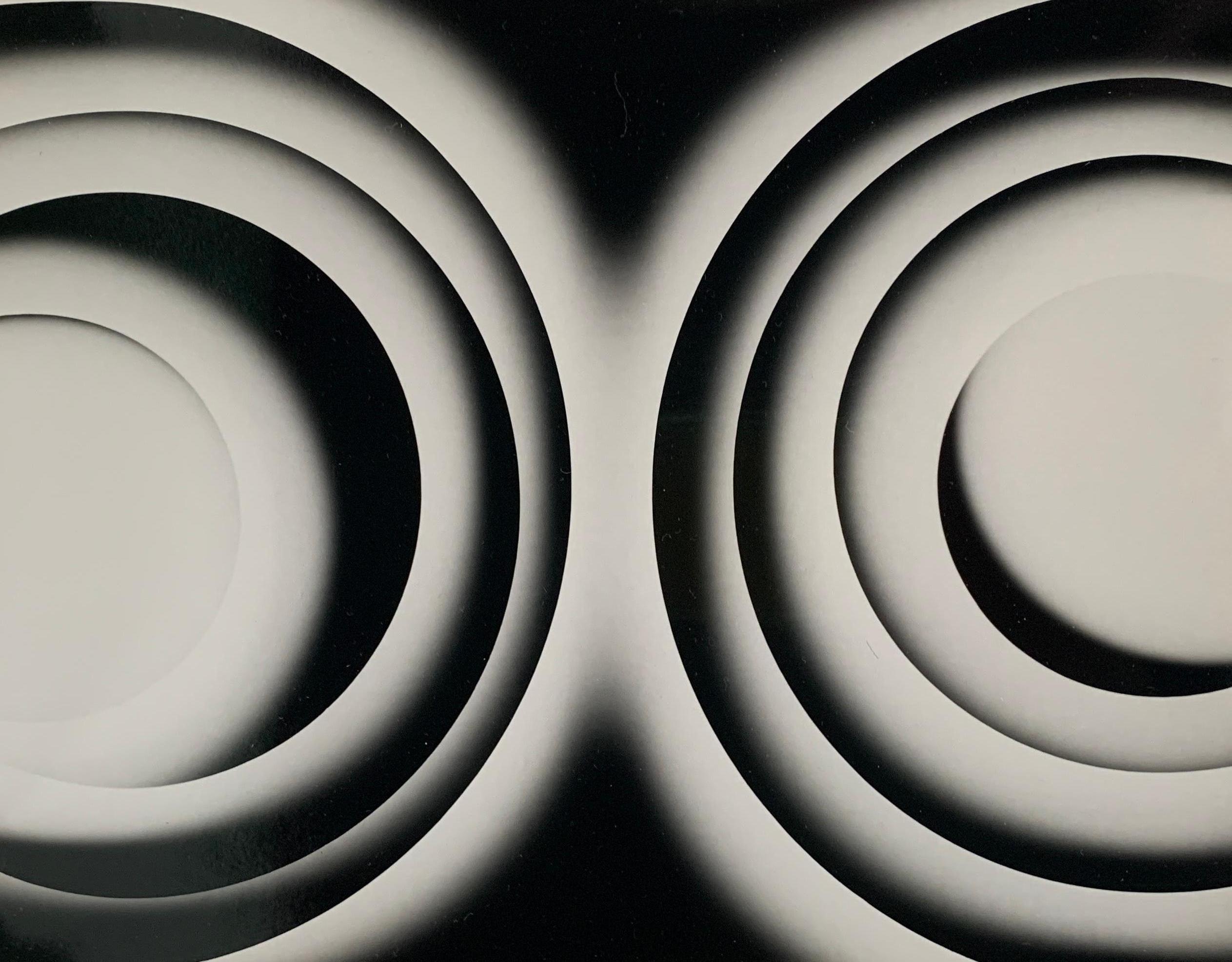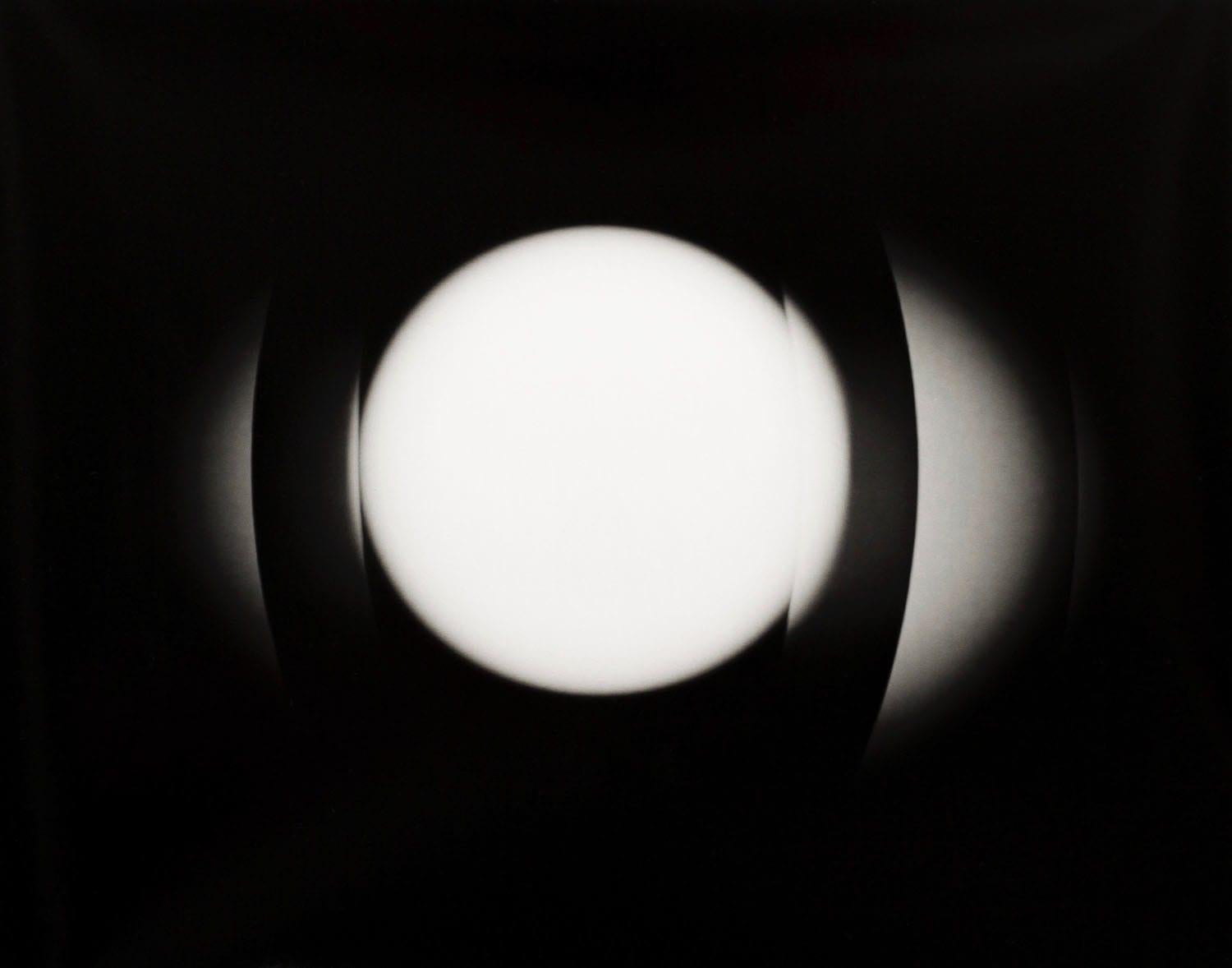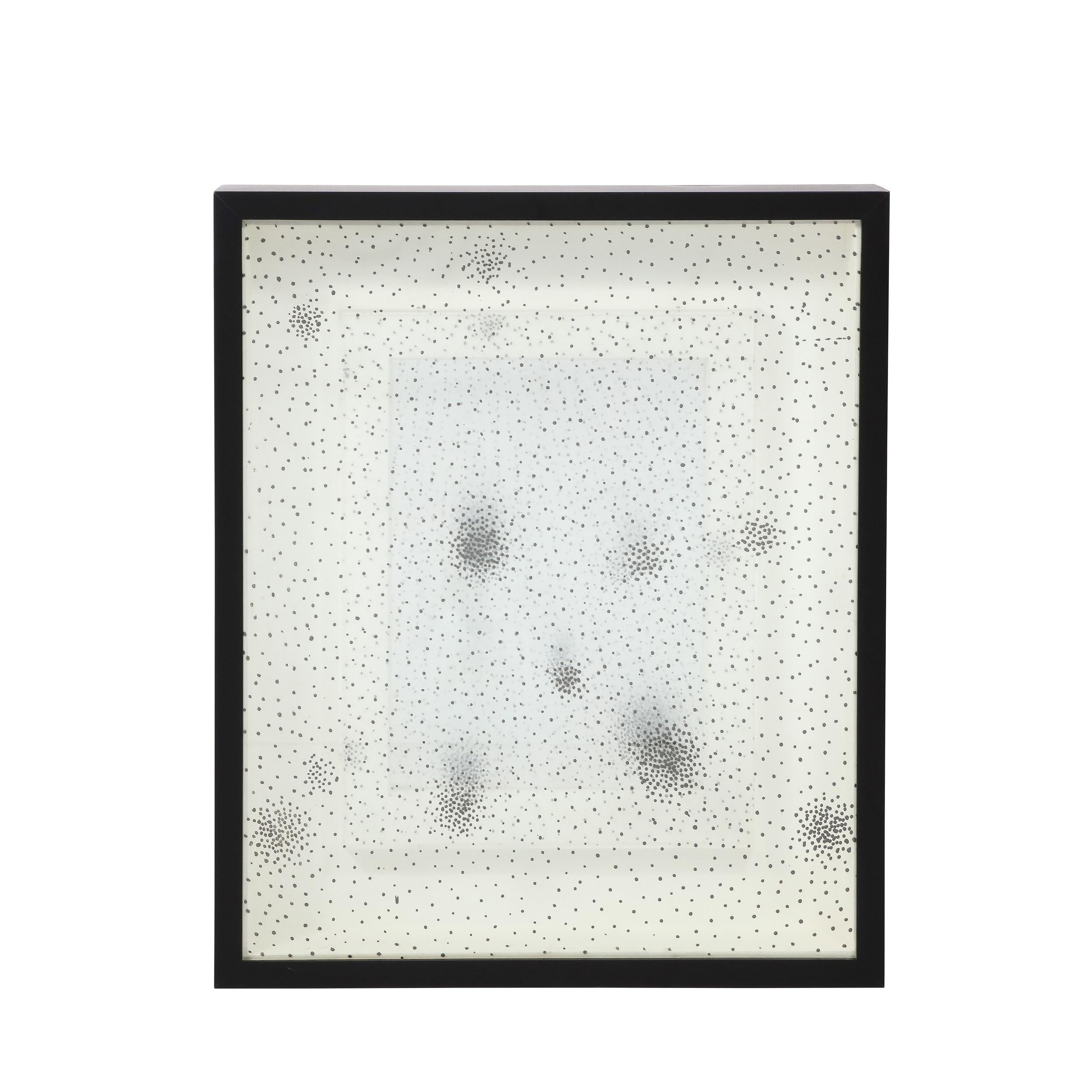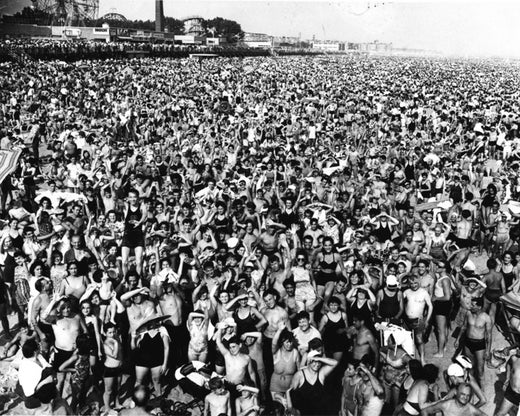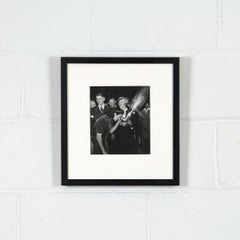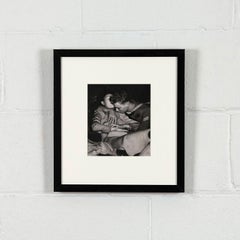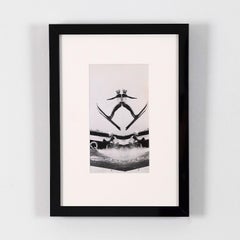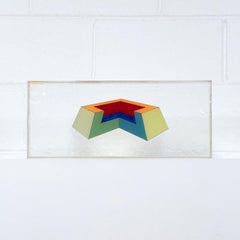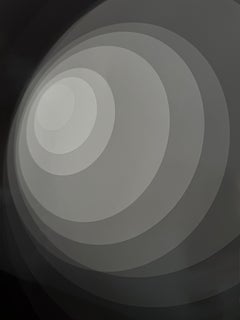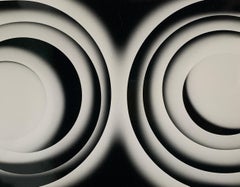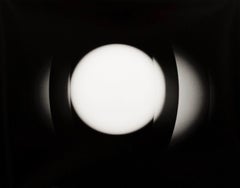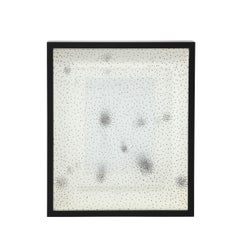Items Similar to Weegee "Distortion: Stripes"
Want more images or videos?
Request additional images or videos from the seller
1 of 13
WeegeeWeegee "Distortion: Stripes"1955
1955
$3,000
$7,20058% Off
£2,264.02
£5,433.6458% Off
€2,591.96
€6,220.7058% Off
CA$4,230.99
CA$10,154.3958% Off
A$4,645.10
A$11,148.2558% Off
CHF 2,423.36
CHF 5,816.0758% Off
MX$56,212.23
MX$134,909.3558% Off
NOK 30,373.07
NOK 72,895.3658% Off
SEK 28,619.42
SEK 68,686.6058% Off
DKK 19,348.27
DKK 46,435.8558% Off
About the Item
Innovative, provocative, inimitable - these are just a few of the words to describe America's boldest photographer.
Arthur Fellig, better known as Weegee (1899-1968) was a ground-breaking, successful (and notorious) photojournalist. His images shot on the streets of New York City are iconic and influential.
In the 1930s he became the first New York City press photographer to obtain permission to install a police radio in his car. This allowed him to follow the city's first responders and to document their duties; responding to fire, crime, debauchery and of course, murder.
By the early 1940s Weegee was experiencing fatigue with crime reportage. Ironically, this was also the point when he finally began experiencing professional validation and acclaim, to the point of being a minor celebrity. Notably in 1941 he was included in The MoMA's seminal "50 Photographs by 50 Photographers" (curated by Edward Steichen). The museum would also acquire five Weegee photographs for their nascent collection.
As the decade progressed Weegee's focus expanded, and one could argue that he began transitioning from a photojournalist to an artist.
"At Eddie Condon’s in Greenwich Village" is a fine example of his transitional work.
Eddie Condon was an American jazz banjoist, guitarist, and bandleader. A leading figure in the Chicago jazz scene, he also played piano and sang in New York. For most of the 20th century, Greenwich Village was known as a trendy artists’ neighborhood known for its intimate bars and nightlife. Weegee loved the nightlife and had a regular circuit on the downtown bars, clubs and cabarets.
This photo is a paradigm of Weegee's eye for detail and composition. It is remarkably timeless and could easily be the 1940s or the 1970s or even today. Interestingly, Weegee would be commissioned by Vogue for a fashion editorial in 1945.
A print of this image is held at the Indianapolis Museum of Art.
Weegee’s photography can be found in numerous museums and private collections worldwide: the J. Paul Getty Museum, Los Angeles; Museum of Modern Art, New York; San Francisco Museum of Modern Art; Museum of Modern Art, Oxford; Museum of Contemporary Art, Los Angeles; International Center of Photography, New York and more.
Questions about this piece? Contact us.
USA, circa 1945
Gelatin silver print
14"H 11"W (work)
20”H 16”W (sheet)
20.5"H 17.5"W (framed)
Weegee’s stamp and titled “Eddie Condons in the Village” in pencil (verso)
Detailed condition report by request
- Creator:Weegee (1899-1968, American)
- Creation Year:1955
- Dimensions:Height: 15.5 in (39.37 cm)Width: 14 in (35.56 cm)
- Medium:
- Movement & Style:
- Period:
- Condition:
- Gallery Location:Toronto, CA
- Reference Number:Seller: 04-201stDibs: LU21526016622
Weegee
Arthur Fellig, who later assumed the pseudonym Weegee, was a photographer and photojournalist, best known for his gritty black-and-white imagery taken on the streets of New York City. Born in 1899 in what is now the Ukraine, he arrived in the United States with his family in 1909, and settled in Brooklyn. After working in a variety of photography-related jobs, he struck out on his own at the age of 35 as a self-taught freelance photographer, selling his work to publications like the Herald Tribune, the Daily News, the Post, and the Sun. Weegee worked mostly at night, usually around Manhattan Police Headquarters. He was the only freelancer in New York to obtain permission to install a police radio in his car. As a result, he was often the first to arrive at the scene of the many crimes he photographed, often before the police themselves had responded. Moreover, he traveled with a makeshift darkroom in the trunk of his car, so he could produce, and then sell, his images faster than his competitors. But crime was not his only subject. He also photographed socialites at high-society events, circus performers, street life, tenement housing conditions, and many other facets of New York life. For a number of years he traveled extensively in Europe, and worked for the London Daily Mirror. He later returned to New York City, where he died in 1968. Th Museum of Modern Art began collecting his work in 1943, and featured it in several exhibitions. His work was also shown at the New York Photo League, and the International Center of Photography hosted a retrospective of his work in 1998. He has been featured in exhibitions at European venues such as the Kunsthalle Vienna, Austria's Flatz Museum, and the Multimedia Art Museum in Moscow. Several monographs of his work have been published.
About the Seller
4.8
Vetted Professional Seller
Every seller passes strict standards for authenticity and reliability
Established in 2009
1stDibs seller since 2015
196 sales on 1stDibs
Typical response time: 4 hours
- ShippingRetrieving quote...Shipping from: Toronto, Canada
- Return Policy
Authenticity Guarantee
In the unlikely event there’s an issue with an item’s authenticity, contact us within 1 year for a full refund. DetailsMoney-Back Guarantee
If your item is not as described, is damaged in transit, or does not arrive, contact us within 7 days for a full refund. Details24-Hour Cancellation
You have a 24-hour grace period in which to reconsider your purchase, with no questions asked.Vetted Professional Sellers
Our world-class sellers must adhere to strict standards for service and quality, maintaining the integrity of our listings.Price-Match Guarantee
If you find that a seller listed the same item for a lower price elsewhere, we’ll match it.Trusted Global Delivery
Our best-in-class carrier network provides specialized shipping options worldwide, including custom delivery.More From This Seller
View AllWeegee "A Trip to Mars"
By Weegee
Located in Toronto, Ontario
While many first associate Weegee (aka Arthur Fellig) with New York City crime scenes, perhaps a broader and more consistent theme is that of spectacle and/or urban entertainment.
The origins of his nick-name and reputation date back to the 1930s when he became the first New York City press photographer to obtain permission to install a police radio in his car. Following the city's first responders and documenting their duties, Weegee had unprecedented access to New York’s fires, crimes, debaucheries and of course, murders.
During the first decade of his career these unflinching urban tragedy or crime images paid Weegee's bills, but as he became more financially independent he was more inspired to pursue photographs on his own agenda. While his oeuvre is vast, Weegee was especially drawn to entertainment: nightlife, circuses, the theatre, showgirls, city thrills, the cinema etc.
Some of Weegee's most dynamic and tender (and under-appreciated!) images are related to simply having fun (in a crowd). He was not confined to one neighbourhood or demographic. He captured action, faces and events from Coney Island to the Bowery and Greenwich Village, to Times Square and Harlem.
In “A Trip To Mars,” Weegee depicts a multi-generational group crowding around a large telescope...
Category
1940s American Modern Black and White Photography
Materials
Silver Gelatin
Weegee "Sailor and Girl Kissing"
By Weegee
Located in Toronto, Ontario
Weegee (1899-1968) was equally fascinated and inspired by cinema and all of its tangents, from Hollywood movie stars to ordinary civilians going to the movies. While Weegee is typically associated with crime/disaster images, the broad theme of "entertainment" is a major component of his oeuvre.
An interesting and provocative sub-genre of his cinema-related work are his images of couples (often heavy-petting) in movie theatres.
Recent scholarship has established that many of Weegee's supposed clandestine images were actually staged or arranged with friends or co-operative strangers.
Nevertheless, Weegee created these photographs in the dark with an array of clever techniques including infrared film, filtered flashbulb and triangular prism lens. Employed in shots such as this one, the prism lens would allow the artist to “see around corners,” useful at times when his subjects were in compromising locations.
These images of kissing couples, Weegee wrote in 1959, were “his best seller, year in and year out.”
"Sailor and GIrl at the Movies...
Category
1940s American Modern Black and White Photography
Materials
Silver Gelatin
Waterski Jumper
By Weegee
Located in Toronto, Ontario
Arthur Felling, better known as Weegee (1899-1968) is America's premiere photojournalist and one of the last century's most influential photographers.
He would become famous, beyond...
Category
1950s American Modern Black and White Photography
Materials
Silver Gelatin
Truncate
By Ronald Davis
Located in Toronto, Ontario
Ronald Davis (b.1937) is an American abstract artist best known for his multi-dimensional geometric creations. Born in California, Davis' work embodies the West Coast aesthetic and s...
Category
1960s Op Art Paintings
Materials
Acrylic
$15,000
Hyena Stomp
By Frank Stella
Located in Toronto, Ontario
Frank Stella's work references many of the key developments or movements in post-war American art; Op Art, hard-edge abstraction, conceptual art and Minimalism. His iconic concentric...
Category
1970s Abstract Geometric Abstract Prints
Materials
Lithograph
Larry Zox "Black Push" Drawing, 1965
By Larry Zox
Located in Toronto, Ontario
Larry Zox (1937-2006) was a central figure in the evolution of 20th century abstraction in America.
Raised in Des Moines, Iowa, Zox studied at the University of Oklahoma and went o...
Category
1960s Abstract Geometric Abstract Drawings and Watercolors
Materials
Paper, Mixed Media
$2,625 Sale Price
25% Off
You May Also Like
Black and White Photograph, Abstract, Circles, Geometric, Framed, 2020
Located in San Francisco, CA
This black and white geometric photograph by Betsy Kenyon is one of a kind. There is no negative. Her unique darkroom photographs are silver gelatin print...
Category
2010s Black and White Photography
Materials
Silver Gelatin
Black and White Photograph, Abstract, Geometric, Circles, 2020
Located in San Francisco, CA
This black and white geometric photograph by Betsy Kenyon is one of a kind. There is no negative. Her unique darkroom photographs are silver gelatin print...
Category
2010s Black and White Photography
Materials
Silver Gelatin
Black and white photograph, abstract circles, framed, 2020
Located in San Francisco, CA
This unique silver gelatin print "Shift" by Betsy Kenyon comes in a white wood frame with glass. Kenyon's darkroom photographs are printed on a fiber-based paper using light and chem...
Category
2010s Black and White Photography
Materials
Silver Gelatin
Mid Century Modern Dimensional Ink on Acetate Stippled Op Art Mixed Media Work
Located in New York, NY
This refined mid century modern mixed media work was realized in the United States circa 1970. In dialogue with the Op Art movement of the time- popularized by such artists such as V...
Category
1970s Op Art Mixed Media
Materials
Ink
Black and White Abstract Photograph
Located in Queens, NY
Contemporary black and white abstract photograph in a black rectangular frame.
Category
20th Century American Modern Photography
Fotogramma no. 56 & no. 57 - Black and White Abstract Print, Photogram, Negative
By Luigi Veronesi
Located in Denton, TX
Fotogramma no. 56 & no. 57 by Luigi Veronesi are 2 positive and negative black and white photograms. These abstract prints depict geometric shapes, with a prominent large circle and ...
Category
20th Century Modern Abstract Photography
Materials
Silver Gelatin
